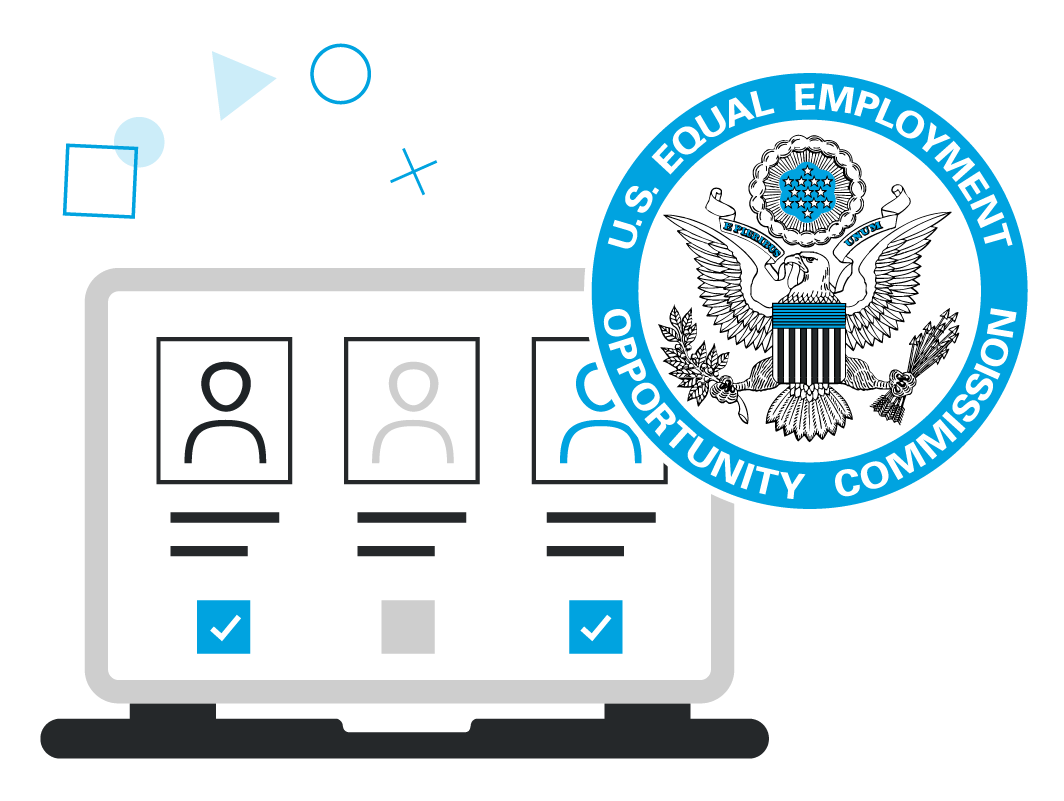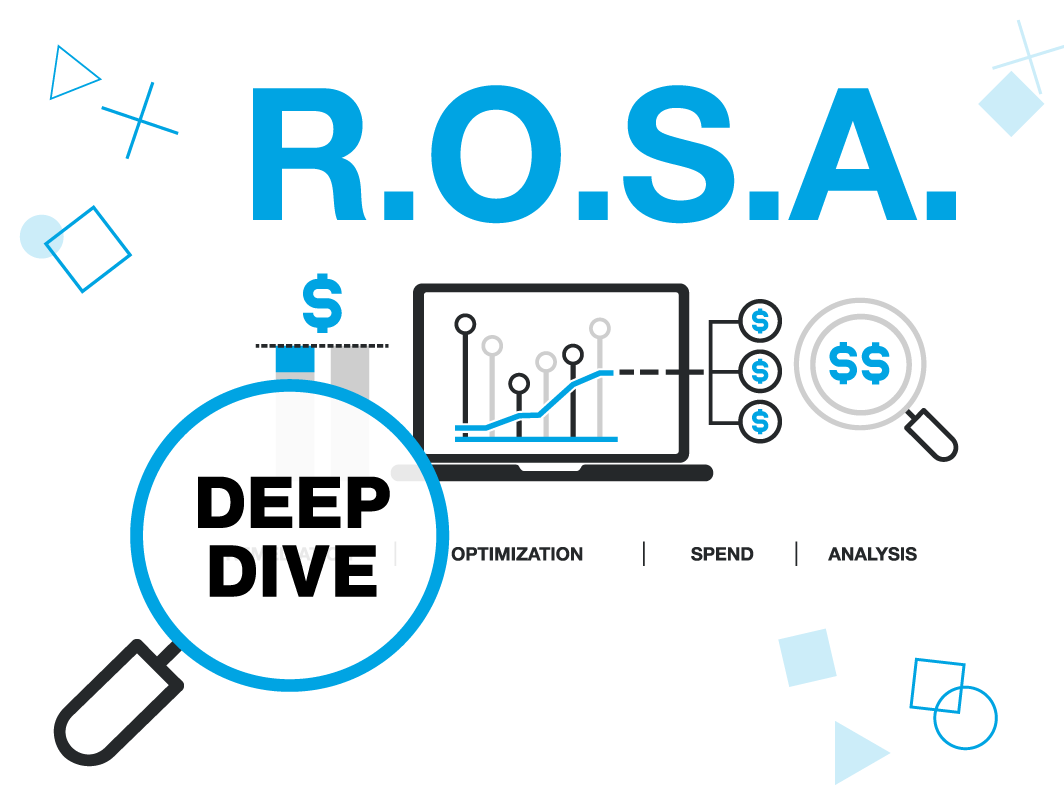
![]()
In 2018, a Nike lawsuit was filed by two former Nike employees on behalf of more than 500 women who worked for the company, alleging systematic pay inequality.
The impending court case is anticipated to be one of the biggest and most impactful in US legal history. The Nike lawsuit records allege a culture of sexism, bullying and fear of retaliation arising from a toxic ‘’boys’ club culture.’’ Plaintiffs cited unequal pay, providing graphic employee statements relating to the unacceptable treatment of women in the workplace. An estimated 5,000 women have made statements, with findings described as ‘’horrifying’’.
In the wake of the initial survey back in 2018, at least 11 executives left their positions at Nike.
In the Fall of 2022, a judge ordered Nike to unseal additional records, a move which they argued strongly against. In addition to claims of sexism, bullying, and fear, the documents revealed allegations that the pay gap persisted even after changes were made, including:
- An alleged gender pay gap of $11,000 between 2015 and 2019 across the company
- Plaintiffs allege the calculation shows women, on average, were paid less despite ‘’the same or better performance ratings, educational background, and work experience”
- A study by an economics professor at the University of California at Irvine found that Nike’s female employees were less likely to be promoted than their male counterparts.
Fourteen plaintiffs wanted a class of around 5,000 female Nike employees certified. While the class action has been rejected, an appeal is expected.
The court noted that ‘“the only way to truly achieve justice is to have a transparent and open examination of Nike’s treatment of women in the workplace.”
Nike attempts to achieve pay parity
In the intervening period, Nike asserts they have taken numerous steps to address the pay gap, stating that the number of female vice presidents has risen to 43%, compared to 36% in the 2018 fiscal year. Their goal is 45% within three years. The company’s most recent corporate responsibility report also states that it has achieved 100% pay parity.
However, the plaintiffs questioned Nike’s ability to reform and asked the court to force the company to ‘’develop and institute reliable, validated, and job-related standards for evaluating performance, determining pay, and making promotion decisions.’’ They have also requested a court-appointed monitor to ensure compliance and for the women who left due to alleged discrimination to be reinstated.
If the lawsuit is successful, the demand for reform, known as “structural reform mandate,” could represent a model for employees who demand pay transparency and equal opportunities to succeed.
What is emerging from this process is the very real and challenging issue that gender discrimination and the gender pay gap present to companies.
Is the US in the grip of a gender pay gap?
It appears so. The Equal Pay Act ‘’requires that men and women in the same workplace be given equal pay for equal work. The jobs need not be identical, but they must be substantially equal. Job content (not job titles) determines whether jobs are substantially equal.’’
According to new research from the Pew Research Center, however, the gender pay gap has not shifted in the past 20 years. Half of all US adults say this is because women are treated differently by employers. Women’s earnings continue to lag behind that of their male counterparts, and the pay differential remains greater for women of color.
In a week where we celebrate both International Women’s Day (March 8th) and Equal Pay Day (March 14th), the implications of the Nike lawsuit emphasize the need for compliance with pay transparency laws that now affect one in four US workers.
Both movements are committed to a safer, more inclusive, and more equitable future for women in the workplace by closing the gender pay gap and introducing pay equity.
Lessons for Organizations on gender discrimination in the wake of the Nike lawsuit
The Nike lawsuit raises hugely significant issues and implications for employers as pay equity and other employee protection requirements become more stringent. Legislators are making continued efforts in major cities across the country to address the issues relating to pay equity. The initial pushbacks experienced in New York City before the pay transparency law came into effect illustrate the potential challenges to delivering pay parity.
Take steps to achieve pay equity
As the world awaits the outcome of the Nike lawsuit, companies can take steps now to end gender discrimination, achieve pay equity and ensure legislation compliance:
- Analyze your compensation for pay disparities and address them in advance of legislative compliance requirements
- Carry out a pay equity audit. A pay equity audit makes a clear statement about your organization’s commitment to equal pay for equal work. Our pay equity auditing software, PayParity, identifies your unexplained pay disparities at the intersection of gender and race/ethnicity. An internal pay equity analysis is an effective way of identifying unexplained pay gaps and their root cause, as well as implementing strategies to deliver pay equity.
- Prepare for pay reporting. Pay data reporting is key to ending pay discrimination based on gender and race/ethnicity
Employee perception of pay equity is based on organizational trust. A perception of pay inequity or gender discrimination places your organization at risk of losing its talent and the benefits of innovation that accompany diversity. Explaining what the pay process is and to whom employees can address questions is also critical. Failure to be transparent risks erosion of employee trust at a time when it appears to be at its most fragile.
To find out how Trusaic can help your organization comply with pay transparency laws and deliver pay equity, schedule a meeting with one of our experts.
For more information on emerging pay equity-related laws, download the Pay Equity Definitive Guide below.




